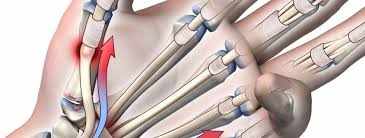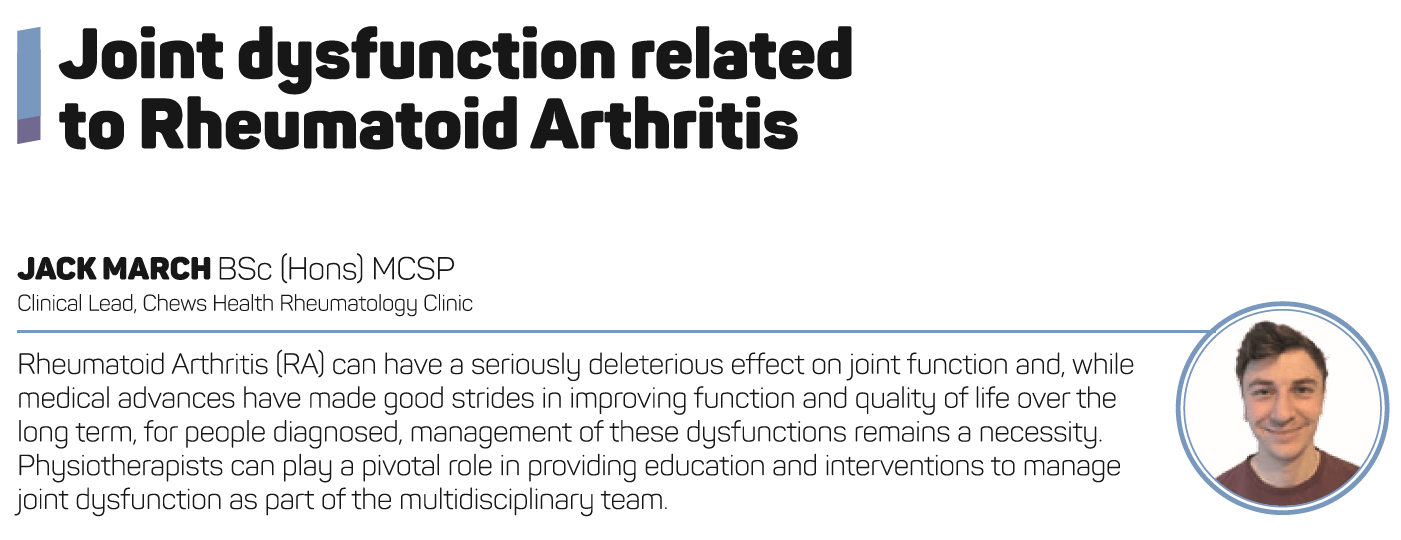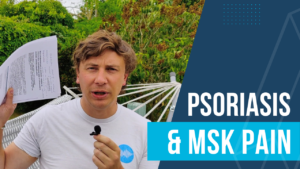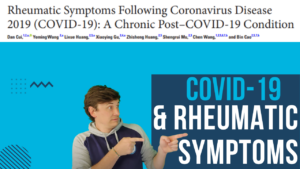Intro
This blog comes following a request from @ChrisSwinburne on Twitter which is a. awesome and b. terrifying as I don’t know a ton and information on this subject seems sparse. I have done my best to summarise what I hope is helpful.
I suspect tendons are rather overlooked in RA (I admit myself included). I have always known tendons are affected by RA but looking deeper into the evidence I am surprised to the extent/prevalence of that affect.
Here is a subject on which I would be delighted to receive further information, reading material or signposting!
PLEASE REMEMBER – THIS BLOG IS NOT A REPLACEMENT FOR CLINICAL REASONING, IF YOU ARE UNSURE GET ADVICE
Some Caveats
Almost all the information I have seen is regarding tenosynovitis of the hand, I was able to find some bits and pieces but nothing I could deem conclusive. As such I have decided to stick to the hand, I will follow up with a new blog if I am able to find further information (or am sent some!) in the future.
Tendon issues associated with RA
As mentioned tendons are affected directly by RA. This initiates early and tenosynovitis has been shown to predict the onset of RA. As the course of the disease progresses tendon damage becomes surprisingly (to me anyway) prevalent and tendon rupture becomes a risk as well. Once “remission” is achieved subclinical tenosynovitis can still remain and can be used by Rheumatologists to ensure optimal management is reached.
Enthesitis is a much less likely occurrence in RA compared to other inflammatory arthropathies (such as Psoriatic Arthritis and Spondyloarthropathy) as it is primarily a synovitic condition (the auto immune issue is “targeted” at synovial tissue) whereas the other arthropathies are more enthesitic in nature (the auto immune issue is “targeted” at enthesis sites). That being said there is significant overlap in the conditions and also an individualised nature of presentation so an enthesitis is not out of the question.

Prevalence
Tenosynovitis of the flexor/extensor tendons of the hand is reported to affect around 45%-50% of Rheumatoid Arthritis patients on ultrasound and MRI. I note that it is theorised that this may be significant in the severity of reported joint stiffness, i.e. may account for the variance experienced on an individual basis. Simply put more tenosynovitis = more joint stiffness, not necessarily synovitis of the joints themselves. Please remember that is a THEORY in the literature.
Implications
As mentioned the Tenosynovitis is highly prevalent. Protracted inflammation of the tendons can result in damage or eventually rupture of the affected tendons. In one study Ultrasound detected tendon damage in at least one tendon of 75% of the recruits. I have so far been unable to confidently conclude the rate of tendon rupture but the literature seems to indicate mostly this occurs in the extensor tendons.
Advice
Evidence based advice is sparse here so please bear in mind the following is a combination of my experience and opinion…
Remember these tendons have a pathological cause based in an auto-immune condition, as mentioned there is a high rate of tendon damage in Rheumatoid Arthritis patients. Considering this I would urge therapists to firstly consider that their medical management has been optimised. This will likely involve collaborating with the Rheumatologist. In private practice your access will vary and discussion/education of the patient to feedback to their consultant is going to be key.
Once this process has either begun or concluded, if there are symptoms remaining then essentially, we are looking at treating them like we would any other tenosynovitis. My experience with these tendons is that their reaction to therapies is variable. My Occupational therapy colleagues have had some success with splinting to offload the tendon during high load activities.
Physiotherapy treatments specifically aimed at the tendon is our favourite “LOADING”. Gotta love loading a tendon. I am not going into graded loading of tendons, there are far far better therapists for that kind of information. My experience with these specific tendons however is a dichotomous one. The tendons either react as you might expect them to or they react really badly. I try to be upfront with patients about this, it isn’t a true load based tendon problem so the reaction to loading may well not have the same effect.
I think there is a lot of mileage in the person management in this scenario, sleep, general conditioning, stress management and so forth are really important as these not only have a significant impact on tendon health but also Rheumatoid Arthritis itself.
As mentioned information here is sparse, I would appreciate others experiences of trying to manage these symptoms and further reading for me wouldn’t go amiss either!
As usual thanks for reading and don’t forget to check out my other RA blogs here and here. Sign up for the Rheumatology.Physio newsletter for further resources and updates!
References
Iustina et al, Structural damage in rheumatoid arthritis: comparison between tendon damage evaluated by ultrasound and radiographic damage Rheumatology 2016;55:1042:1046
Sahbudin et al, The role of ultrasound-defined tenosynovitis and synovitis in the prediction of rheumatoid arthritis development. Rheumatology 2018;57:1243-1252


